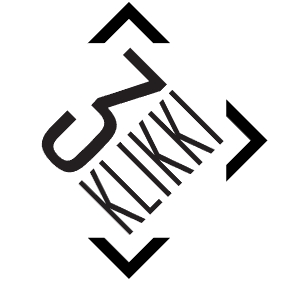Maximizing roi with google ads
In the digital age, maximizing return on investment (ROI) is crucial for businesses looking to thrive online. Google Ads, a powerful advertising platform, offers businesses the opportunity to reach potential customers effectively. However, to truly maximize ROI, it's essential to understand how to leverage Google Ads strategically.
2. Understanding the Basics of Google Ads
Google Ads is an online advertising platform developed by Google, where advertisers bid to display brief advertisements, service offerings, product listings, or videos to web users. It can place ads both in the results of search engines like Google Search and on non-search websites, mobile apps, and videos.
Google Ads consists of several key components, including keywords, ad copy, landing pages, and bidding strategies. Understanding these elements is essential for creating effective campaigns that drive results.
3. Setting Clear Objectives for Your Google Ads Campaign
Before launching a Google Ads campaign, it's crucial to set clear objectives. Whether it's increasing website traffic, generating leads, or boosting sales, having defined goals will guide your strategy and help measure success.
4. Keyword Research and Selection
Keywords are the foundation of any Google Ads campaign. They determine when and where your ads will appear. Selecting the right keywords ensures your ads reach the right audience at the right time.
Utilize tools like Google Keyword Planner, SEMrush, and Ahrefs to conduct thorough keyword research. These tools help identify high-performing keywords that align with your business objectives.
5. Crafting Compelling Ad Copy
Effective ad copy is concise, relevant, and includes a strong call-to-action (CTA). It should address the user's needs and encourage them to take the desired action.
A/B testing involves creating multiple versions of your ad copy to determine which performs best. This iterative process helps refine your messaging and improve ad performance over time.
6. Optimizing Landing Pages
Landing pages play a critical role in converting ad clicks into actions. An optimized landing page aligns with the ad's message and provides a seamless user experience.
Ensure your landing pages are mobile-friendly, load quickly, and have a clear CTA. Use engaging visuals and concise content to keep visitors engaged and encourage conversions.
7. Budget Management and Bidding Strategies
Determine a budget that aligns with your business goals and financial capacity. Monitor spending closely to ensure you're getting the best possible ROI.
Google Ads offers various bidding strategies, such as cost-per-click (CPC), cost-per-thousand impressions (CPM), and cost-per-acquisition (CPA). Choose a strategy that aligns with your campaign objectives.
8. Tracking and Analyzing Performance
Monitor metrics such as click-through rate (CTR), conversion rate, and cost-per-conversion to assess your campaign's performance and make data-driven decisions.
Utilize tools like Google Analytics and Google Ads' built-in reporting features to track and analyze your campaign's performance. These insights will guide future optimizations.
9. Continuous Optimization and Scaling
Regularly review and refine your campaigns based on performance data. Small, iterative improvements can lead to significant gains in ROI over time.
Once you've identified successful campaigns, consider scaling them by increasing your budget or expanding your target audience to maximize ROI further.






Comments (0)